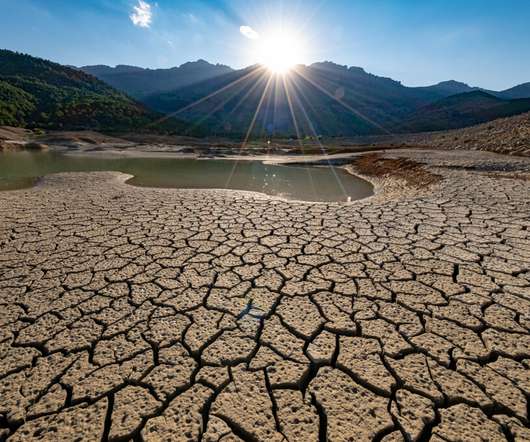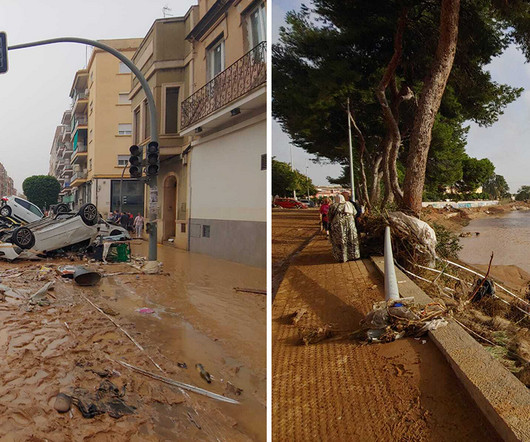A Resilience Charter
Emergency Planning
MARCH 23, 2022
All levels of public administration should be required to produce emergency plans and maintain them by means of periodic updates. Civil protection must be developed at the local authority level, coordinated regionally and harmonised nationally. The business continuity plans will function in parallel to emergency response plans.














Let's personalize your content